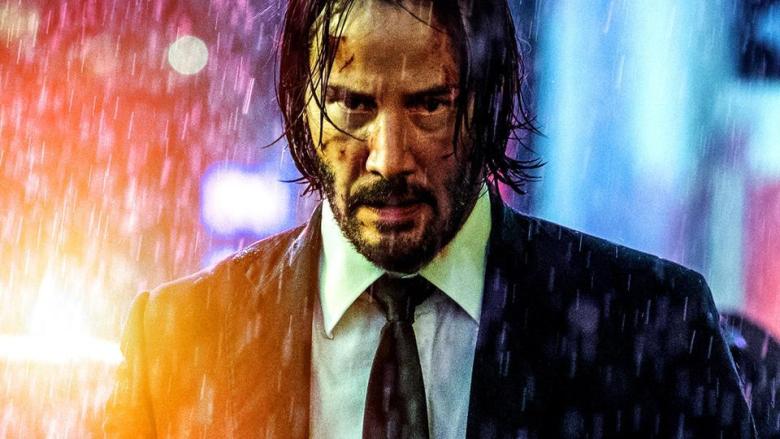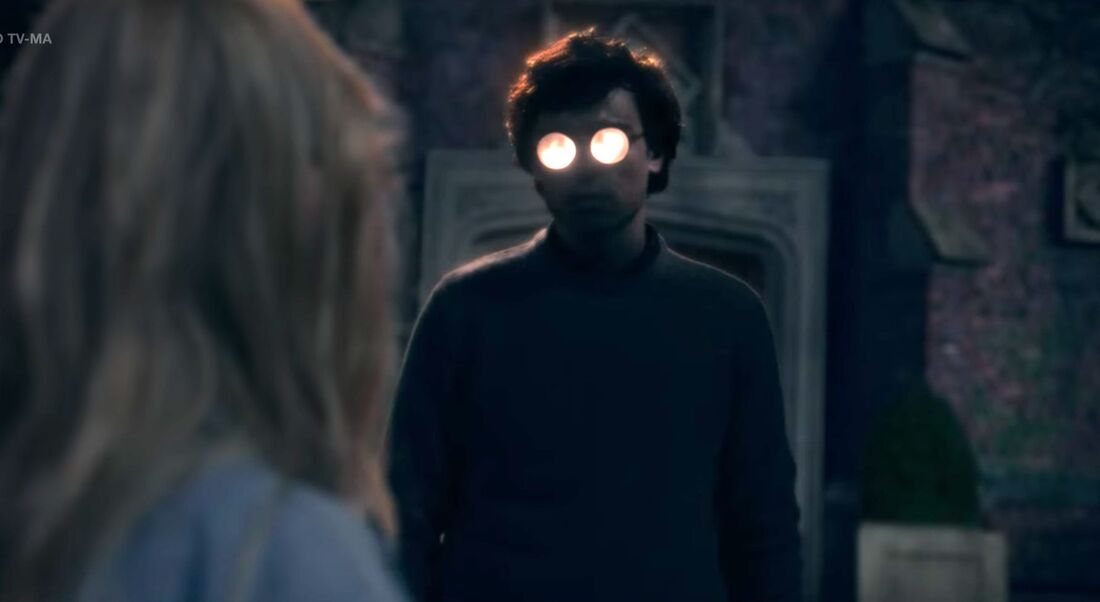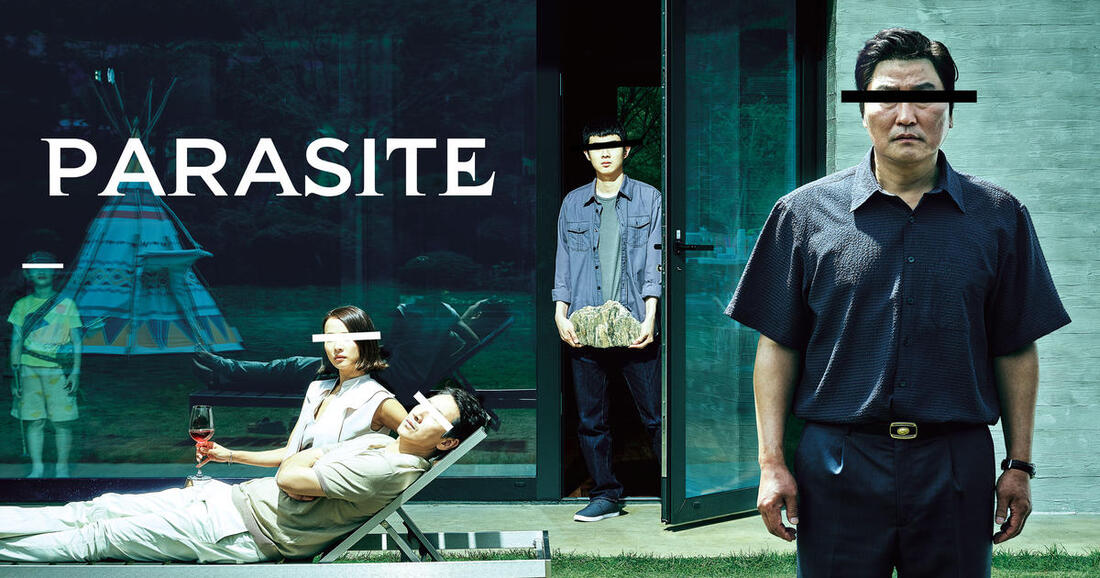|
Flashbacks can be a very powerful screenwriting device. They make us relate to the character by bringing us into a character's past so we can understand their actions and motives. But if used incorrectly, they will interrupt the narrative flow of the script, slow down the pacing and draw the reader out of the story. Flashbacks can be difficult to pull off. So if your screenplay could use a trip down memory lane, here are some tips to help you out. First let's define a flashback: A flashback is a moment where the story goes back in time. It can be from two hours ago or twenty years ago. It can be a memory of past trauma that has been triggered due to circumstances in the present or give the audience a piece of information from the past needed to journey in the present story. It's a simple definition but a lot of aspiring screenwriters get flashbacks wrong. Let's look at when not to use a flashback. Flashback for flashback's sake: A lot of aspiring screenwriters use flashbacks because they think a flashback will revitalize their story, make a character interesting, or give the audience background information that we otherwise don’t need. Non-effective flashbacks snatch us out of the read and take away the urgency of the present narrative. Flashbacks must meet the same high standards and check boxes of every other scene in your script. They must push the story forward, reveal character, and enhance the theme of the present story because, let's face it, the past has already happened and has no stakes. Below are situations where a flashback will be most effective:
To see these in action below are some examples of flashbacks used properly and effectively. 1. Cause and Effect: An example of this type of flashback takes place in JOHN WICK. In his flashbacks, we can see that he is tortured by the times he spent with his wife, which impacts and justifies his decision making after seeing the dog that his wife left for him being killed. This flashback also reveals his central flaw and enhances the theme of revenge. 2. Past Trauma: A perfect example of this being used comes from THE HAUNTING OF BLY MANOR. (SPOILER ALERT) Our protagonist Dani has been haunted by the man above throughout the series. She covers every mirror around her with a sheet to avoid his ghostly stare. But in order to understand why she is being haunted by this man, we flashback in time to see that this is her fiance. In the scene, Dani and her fiance sit in a car as she tells him that she wants to call off the wedding and that she waited so late to tell him because she didn’t want to hurt him or his family. Consequently, her fiance gets out of the car in an emotional rage and is struck by an oncoming car and dies. If this flashback didn’t occur, we would have never known why this man has been haunting her and we would have been robbed of a compelling discovery. 3. Nostalgia An example of a Nostalgia flashback takes place in BIG LITTLE LIES. (SPOILER ALERT) After her husband's death, Celeste reminicess on all the good times she had with her husband despite the fact that he brutally beat her. Depending on the viewer, these flashbacks may make them feel sympathetic due to the seemingly happy moments they’ve shared. 4. History: An example of this type of flashback also comes from THE HAUNTING OF BLY MANOR In EPISODE 8 the story flashed us back hundreds of years to show us why the house became haunted, giving us information that helps the present narrative as well as connecting the backstory to the theme of the present story. 5. Information: This type of flashback occurs in the film PARASITE. (SPOILER ALERT) After the massacre that took place at the owner's birthday party, we flash back to see Kim, the father, taking refuge in the basement after murdering the owner at the birthday party, then flash forward to see Ki-woo, the son, and Choong-sook, the mom, taking a tour of the house in order to buy it and reunite what's left of his family. So if you're looking to use flashbacks in your script, make sure they are necessary and push the story forward. Read screenplays that use them and see how they push they work as a storytelling mechanism. Learning how to use them effectively can push your script to a new level and get you closer to all your writing dreams! Need help turning your story idea into a finished script? Check out our Mentorship service to work one-on-one with an accountability partner and quickly take your stories from idea to pitch! author
Leave a Reply. |
ABOUT
|
About |
COACHINGMEMBERSHIP |
RESOURCES#FreeGameBusiness services |
|
Gain access to:
|
Contact Us
Copyright © 2022 The Professional Pen








 RSS Feed
RSS Feed

